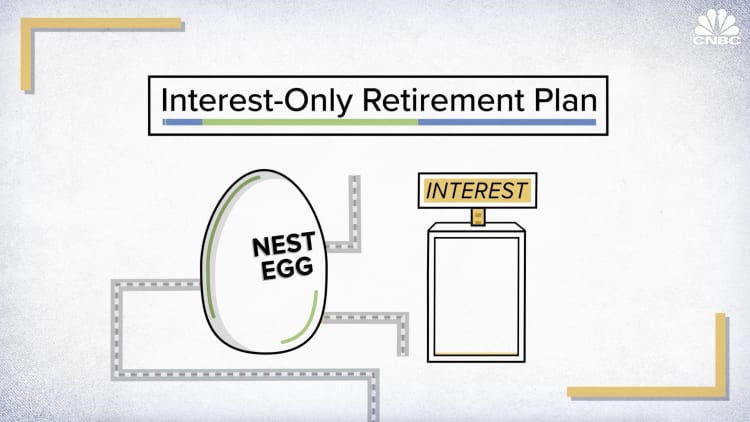[the_ad id="21475"]
[ad_1]
Ronnie Kaufman | DigitalVision | Getty Images
If you turned 72 in 2022, the last chance for your first mandatory retirement plan withdrawal is April 1 — or you may face a hefty tax penalty.
Generally, you must begin these yearly withdrawals, known as required minimum distributions, or RMDs, by a specific age. Prior to 2020, RMDs started at age 70½, and the Secure Act of 2019 increased the beginning age to 72. In 2022, Secure 2.0 raised the age to 73, which starts in 2023.
While the yearly deadline for RMDs is Dec. 31, there’s a special exception for the first year, which pushes the due date to April 1.
Secure 2.0 RMD rules create confusion
Brett Koeppel, a certified financial planner and founder of Eudaimonia Wealth in Buffalo, New York, said Secure 2.0 has added to the confusion of who needs to take money out of retirement accounts and when.
Although Secure 2.0 raised the beginning age for RMDs to 73 starting in 2023, retirees who turned 72 in 2022 still must withdraw the funds by April 1 to avoid a “very steep” penalty, Koeppel said.
RMDs apply to both pretax and Roth 401(k)s and other workplace plans, along with most individual retirement accounts. There are no RMDs for Roth IRAs until after the account owner’s death.
The amount you need to withdraw annually for RMDs is typically calculated by dividing each account’s prior Dec. 31 balance by a “distribution period” published yearly by the IRS.
Secure 2.0 reduced the RMD penalty
If you skip your RMD or don’t take out enough, there’s a 25% penalty, levied on the amount you should have withdrawn. Secure 2.0 dropped the penalty to 25% from 50% starting in 2023, with the possibility of reducing it further to 10% if you take your missed RMD during the “correction window.”
The correction window is typically the end of the second tax year following the year of the missed RMD, explained George Gagliardi, a CFP and founder of Coromandel Wealth Management in Lexington, Massachusetts.
“I have had clients miss RMDs in the past, and was able to fix it in those cases by taking the RMD as soon as possible,” he said, which included filling out Form 5329 for the year of the missed RMD, putting “reasonable cause” on the penalty line, writing a letter of explanation and mailing both documents to the IRS.
“In the past, the IRS was lenient about missed RMDs, but with the new reduced penalties, they may get more aggressive,” he said. “We’ll see how this…
Click Here to Read the Full Original Article at Top News and Analysis (pro)…
[ad_2]
[the_ad id="21476"]
